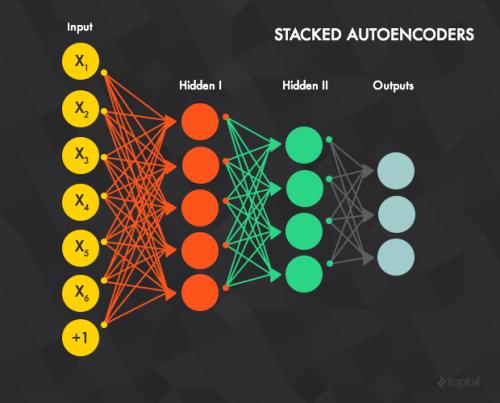We study the statistical capacity of the classical binary perceptrons with general thresholds $\kappa$. After recognizing the connection between the capacity and the bilinearly indexed (bli) random processes, we utilize a recent progress in studying such processes to characterize the capacity. In particular, we rely on \emph{fully lifted} random duality theory (fl RDT) established in \cite{Stojnicflrdt23} to create a general framework for studying the perceptrons' capacities. Successful underlying numerical evaluations are required for the framework (and ultimately the entire fl RDT machinery) to become fully practically operational. We present results obtained in that directions and uncover that the capacity characterizations are achieved on the second (first non-trivial) level of \emph{stationarized} full lifting. The obtained results \emph{exactly} match the replica symmetry breaking predictions obtained through statistical physics replica methods in \cite{KraMez89}. Most notably, for the famous zero-threshold scenario, $\kappa=0$, we uncover the well known $\alpha\approx0.8330786$ scaled capacity.
翻译:暂无翻译



